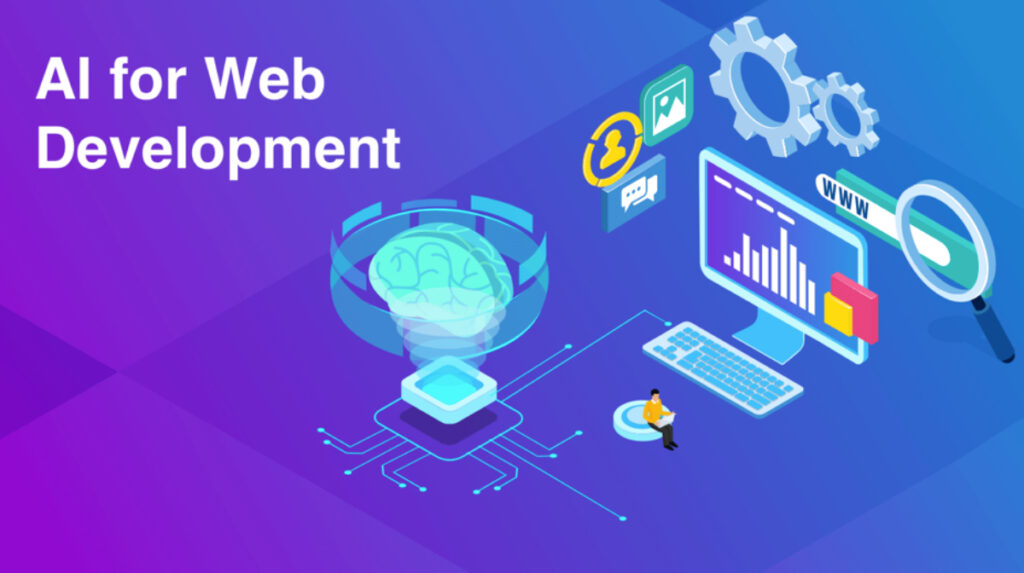
Introduction:
Power BI has emerged as a powerful tool for business intelligence, enabling organizations to transform raw data into meaningful insights. However, harnessing the full potential of Power BI requires adherence to best practices in development. In this article, we will explore the top 10 best practices for effective Power BI development to ensure your dashboards and reports are not only visually appealing but also optimized for performance and maintainability.
Define Clear Objectives and Requirements
- Before diving into Power BI development, clearly define the objectives and requirements of your project. Understand the key metrics and insights stakeholders are seeking, ensuring your development aligns with the organization’s goals. This initial step sets the foundation for a successful Power BI deployment.
Data Modeling Excellence
- Effective data modeling is at the core of Power BI development. Utilize the Power BI Desktop’s data modeling features to create relationships between tables, optimize data types, and establish hierarchies. Proper data modeling ensures accurate results, faster performance, and a more intuitive user experience.
Optimize DAX Calculations
- The Data Analysis Expressions (DAX) language is fundamental to Power BI development. Write efficient DAX calculations to enhance report performance. Avoid unnecessary calculations, use calculated columns judiciously, and leverage measures for aggregations. Regularly review and optimize DAX code for better efficiency.
Maintain Consistent Naming Conventions
- Establishing consistent naming conventions for datasets, tables, columns, and measures is crucial for maintainability. Clearly label and document each element to make it easier for other developers or stakeholders to understand and work with the Power BI project. Consistency in naming fosters collaboration and reduces confusion.
Implement Row-Level Security (RLS)
- When working with sensitive data, implement Row-Level Security to restrict data access based on user roles. RLS ensures that users can only see the data relevant to their role, enhancing data security and compliance. This practice is essential for organizations dealing with confidential information.
Optimize Visualizations for User Experience
- Design visually appealing and user-friendly dashboards by optimizing visualizations. Choose the right chart types, use colors judiciously, and ensure that the layout is intuitive. Leverage features like tooltips and drill throughs to provide users with interactive and insightful experiences.
Regularly Refresh Data
- Keeping data up-to-date is crucial for making informed decisions. Configure and schedule regular data refreshes to ensure that your Power BI reports reflect the most recent information. Be mindful of data source limitations and optimize queries to minimize refresh times.
Version Control and Backup
- Implement version control for Power BI projects using tools like Git to track changes and collaborate seamlessly. Regularly backup your Power BI files to prevent data loss. Version control ensures that you can revert to previous versions if issues arise and facilitates collaboration in larger development teams.
Performance Monitoring and Optimization
- Regularly monitor the performance of your Power BI reports and dashboards. Identify and address bottlenecks, optimize queries, and leverage features like query folding to enhance performance. Keeping an eye on performance ensures a smooth user experience, especially as datasets grow.
Documentation is Key
- Document your Power BI development process comprehensively. Include details about data sources, transformations, and any custom scripts or calculations. Documentation aids in troubleshooting, onboarding new team members, and understanding the evolution of the Power BI project over time.
Conclusion
Adhering to best practices in Power BI development is essential for creating robust, efficient, and user-friendly business intelligence solutions. From clear project objectives to documentation, each practice contributes to the success of your Power BI deployment. By following these top 10 best practices, you can ensure that your Power BI development efforts, powered by Discover Web Tech, result in impactful and sustainable business intelligence solutions.


